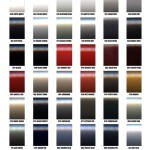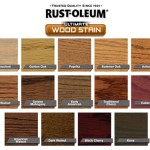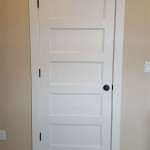A Guide To Increasing Home Comfort and Saving Money On Energy Bills
Insulating interior walls of an existing house can help to make your living space more comfortable, reduce energy costs, and improve the overall energy efficiency of your home. Insulating interior walls can be done by either adding new insulation or by adding additional layers of insulation over existing insulation. There are many options available when it comes to insulating interior walls and it is important to choose the right type of insulation for your specific needs.
Types of Insulation for Interior Walls
The most common type of insulation for interior walls is fiberglass batting. This type of insulation is inexpensive and relatively easy to install. It is also fire resistant and can be used in a variety of climates and applications. Other types of insulation, such as spray foam and cellulose, can also be used for interior walls, but these types of insulation require more expertise to install and can be more expensive.
Installation Tips for Interior Walls
When installing insulation for interior walls, it is important to make sure that the insulation is properly sealed and that there are no air leaks. Sealing any air leaks will help to reduce air infiltration, which can cause your home to be less energy efficient. Additionally, it is important to choose the right type of insulation for your specific needs, as different types of insulation have different performance levels. Finally, it is important to make sure that the insulation is properly installed and that it is not blocking any vents or openings.
Benefits of Insulating Interior Walls
Insulating interior walls can provide many benefits to your home, including increased comfort, improved energy efficiency, and lower energy bills. Insulating interior walls can also help to reduce noise from outside and help to keep your home warmer in the winter and cooler in the summer. Additionally, insulating interior walls can also help to reduce allergens and improve the overall air quality of your home.
Conclusion
Insulating interior walls of an existing house can help to make your home more comfortable, reduce energy costs, and improve the overall energy efficiency of your home. There are a variety of insulation types available, so it is important to choose the right type of insulation for your specific needs. Additionally, it is important to make sure that the insulation is properly sealed and that all air leaks are properly sealed. Insulating interior walls can provide many benefits to your home, including increased comfort, improved energy efficiency, and lower energy bills.





/man-installing-insulation-182186960-583dfbb05f9b58d5b170a0ee.jpg)









Related Posts








